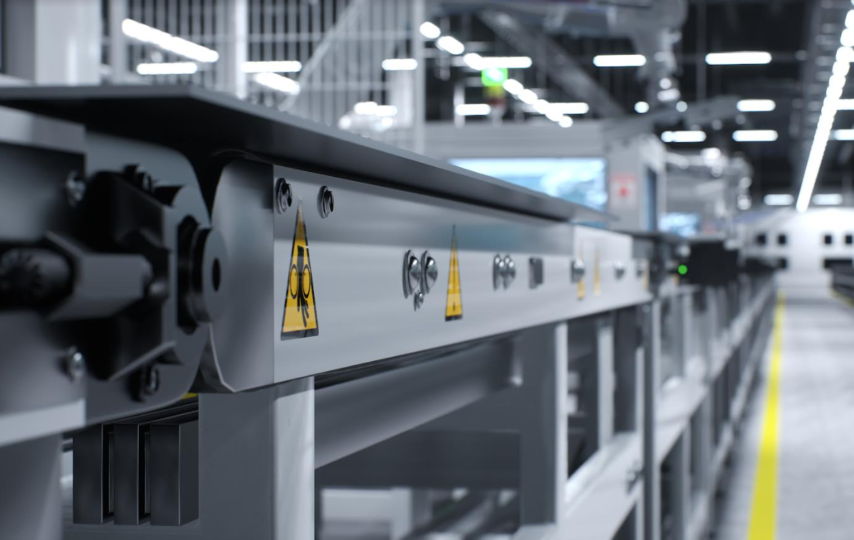The extruder is designed to take scraps of old plastic and turn it into new raw material. It’s an important tool in the fight against climate change and the destruction of our planet. Above all, a well-made extruder is exceptionally reliable, as it is a surprisingly simple machine.
Basically, pellets, powder, and other forms of plastic waste are fed into a hopper. The materials drop into the barrel where they are heated, allowing them to turn molten. A screw turns into and along the barrel, guiding the molten material down the barrel and into the waiting shaping die. The result is a piece of fresh recycled plastic ready to be used. The shaping die dictates what shape the final product will take.
It’s a popular way of creating recycled plastic sheets, pipes, and even window frames.
As you may have guessed, the extruder doesn’t have to be a single screw, you can also get a twin screw extruder. This uses two screws instead of one to push the material down the barrel. Interestingly, a twin-screw extruder working efficiently will effectively self-clean. The movement of the twin screws creates a self-wiping action which prevents materials from building up on the walls of the barrel.
There are several reasons why a twin-screw extruder is the better option.
They’re Efficient
Twin-screw extruders are better at mixing a variety of waste products. While a single screw can mix anything, having a second screw increases the mixing power and helps to ensure the finished product is an even blend of recycled materials.
This improves the look and even the strength of the final product.
High-Quality Product
Another bonus offered by the twin-screw extruder is the quality of the product. As the product is blended better, the strengths and weaknesses of the original materials are evenly spread across the new raw materials. That means the finished product from a twin-screw extruder is likely to be of higher quality than from a single-screw extruder. Of course, this only applies if there are several different types of scraps being put into the extruder.
The Material Range
Extruders with two screws are generally capable of handling a much larger range of materials, including abrasive compounds and those which are highly viscous.
Who Should Be Using Twin-Screw Extruders?
Anyone recycling plastic into new raw materials can use this type of extruder. However, it’s not always necessary. The main reasons to choose the twin-screw variant is if you’re dealing with lots of different types of waste or if you’re trying to make a specific product.
For example, the dual-screw extruder is an excellent choice if you’re making PVC products. This type of extruder is generally better at handling the unique properties of PVC to create a high-quality product.







